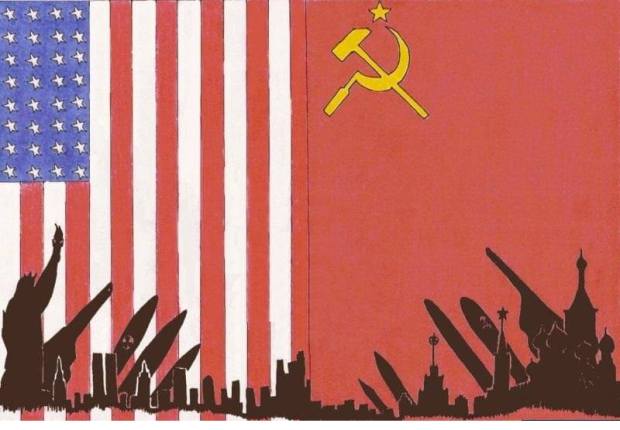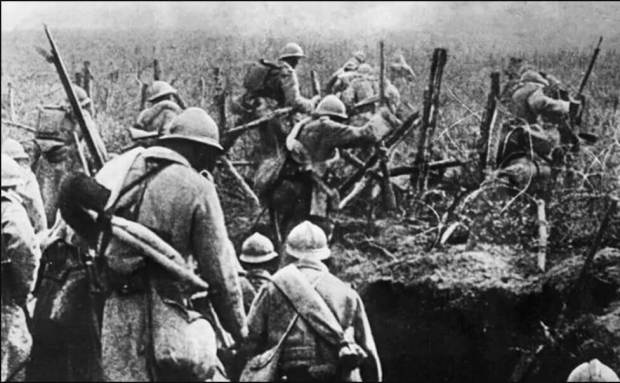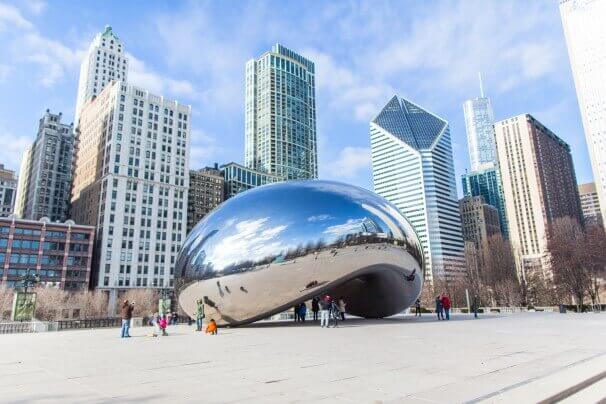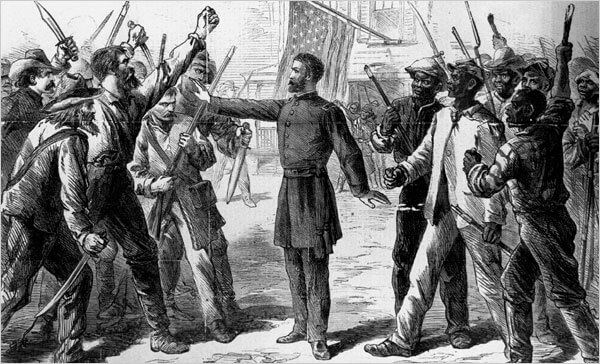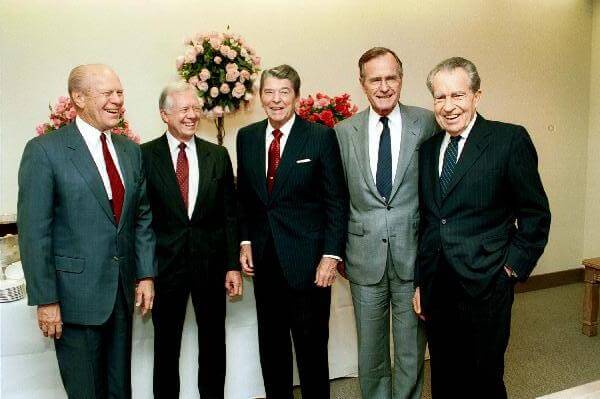
Booking under: Keith
As we read before, President Lyndon B. Johnson oversaw an avalanche of change in America during the 60s. He signed the Civil Rights Act of 1964 and his “Great Society” to improve the standard of living in a country that had long been divided by inequality and prejudice.
And yet, while he brought on and went through waves of change, President Johnson himself was not immune to them. A skirmish involving an Eastern nation saw to the end of his presidency in 1968. What followed was over two decades of political change and a swinging of power from the Democrats to the Republicans and back again.

